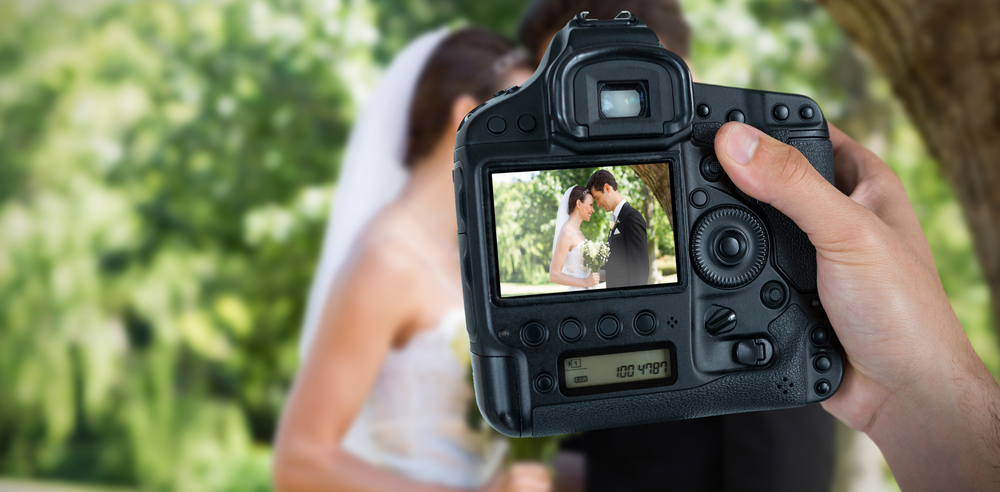BLOGS Top 9 Tips For Taking Better Event Photographs

Source: Snappr
Photographing events can be a real challenge. Quite simply, preparation and prior photography experience are highly recommended. It requires you to be constantly aware of your surroundings and take decent photographs without disturbing the guests.
Below are seven tips on how to prepare and execute the photography for your next event.
1. Preparation
Before we get into how to improve your event photography, preparation logistics will save you heaps of time and help identify critical flaws and errors. Take this time as an advantage to understand your surroundings.
Here are some points to consider before you take photos for the upcoming event.
Do your research
Research about who is at the event, what the event is about, when particular activities are happening during the event and where specific activities are held, so you don’t miss out important moments.
Have a Photography List
Having a photography shoot list is a great tool between yourself and the client. It ensures all things are covered, and it will save you a heck amount of time and peace of mind!
Dress Appropriately
Photographers should wear something neutral in colour. Bright colours would be quite distracting and risky as they might create a colour cast from the light reflected from the photographer’s clothing and onto the subject. So most photographers wear black or grey. Also, make sure your shoes are comfortable and quiet! Nothing’s worse than trying to sneak across a room during a speech or ceremony with loud shoes on!
However, prior discussion with your client is your best shot in understanding on what to wear.
2. Have the right gear
You don’t need a load of fancy equipment to do event photography. Generally, an external power flash with diffuser or reflector, full frame DSLR with a mid range zoom, spare batteries and memory cards are the key elements for you to take with you.
If it is a speaking event in a large hall, a telephoto lens is essential. If it’s a super compact venue packed with people, then a wide is a must. Don’t have one? Consider borrowing from a friend or hiring one for the for the day.
For more serious events, a second body camera is recommended. This would save you from having to switch lenses regularly. It is important to note that some clients would expect you to bring other equipment such as distinct backdrops for photo booths (for example). In saying this, prior discussion with your client is important to meet their expectations.
3. Rock up early and take pre-event photos
Arrive around 15 – 30 mins early, depending on the style of the event. This is the time where you can build the relationship with the guest at the event. That way when the event starts, they would be more comfortable with you asking for a photo. This is also the time to take pre-event setup shots.
4. Take action shots
Now that we got preparation all sorted, the next step is to know what makes a good event photograph. Action shots at an event are far more interesting than people posing for a photo. It is a lot more interesting to share a photograph of Mary throwing her bouquet in the air, with all the ladies at the back getting ready to see who will catch it first, than be taking a photo of the person who caught it in the end. You get the point. Be quick! Event photography requires you to be constantly on your toes and ready to take a shot. You never know what’s going to happen. Always be on the lookout!
5. Know when to use flash
Us photographers love the feel of natural lightning. However, understanding how and when to use artificial light can be of great value in low-light situations and environments.
Indoors: Churches, Weddings, Corporate Events
When taking event photography indoors, it is strongly recommended that you use an external flash where it can be bounced off a white ceiling or wall for a more natural look. Remember TTL mode is your best friend when it comes to using external flashes. Though, don’t be afraid to adjust your flash exposure compensation for greater results.
Outdoors – Festivals, Sports
I know a lot of photographers who don’t bother with flash outdoors, or they think flash looks unnatural. You’ve just got to use it in the right situations; when your subject is poorly lit, when shooting backlight or overpowering the sun to avoid heavy shadows.
6. Get up and personal
Photos of people in a large room doesn’t reveal much besides the number of people that attended. It is more interesting to go up and meet people, have a chat and then take their photo.
7. Frame the shot
Groups of 3 – 5 people landscape is a good shoot composition. Mix up your shots with full body, medium shots and head shots. Crop tightly and avoid white or blank space unless that is the look you are going for. Step back a bit and use a longer focal length. You don’t want distortion now do you?
8. Shoot in RAW image format
This almost goes without saying, but if you want to get high quality photos, you have to shoot in RAW. RAW format records all data from the sensor, giving you the highest possible quality you can get. Especially in low-lit events, it would be quite hard to adjust JPEG format using Lightroom or Photoshop. Using RAW will make your life easier in correcting overly underexposed and overexposed images. I can go on forever into why shooting is RAW is awesome but do use it if you have enough space on your drives!

